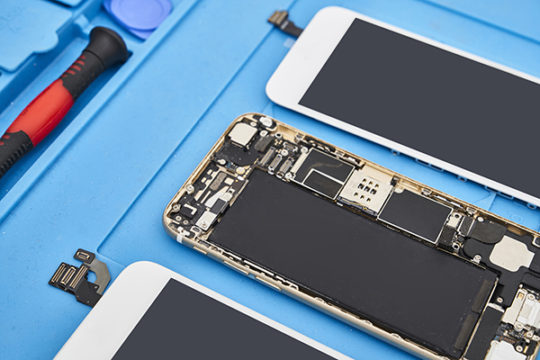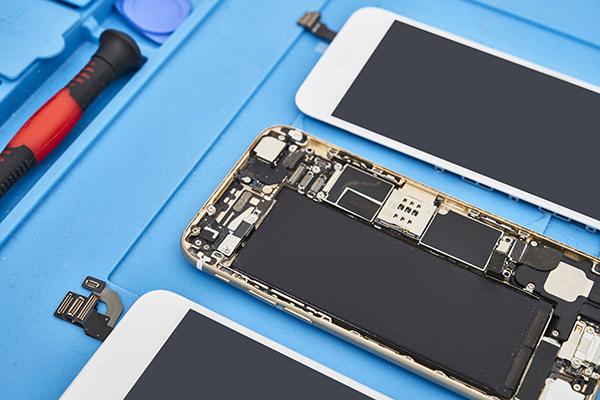
Among the many complications of our new e-commerce world, reverse logistics may be the most headache-inducing.
In a recent Reverse Logistics article, I wrote that, “products bought at brick-and-mortar stores are returned around 9% of the time, while the return rate for online purchases is nearly three time higher.”
Most of those millions of returns get shipped, either from consumers or from retailers. And if the products happen to contain lithium batteries, they are naturally subject to the same regulations and restrictions as any other lithium battery shipment.
In other words: Yikes!
The biggest challenge the DG supply chain faces?
As reverse logistics becomes a larger component of the global supply chain, Dangerous Goods shippers are struggling to handle the growth. The recently released Global Dangerous Goods Confidence Outlook revealed some startling beliefs from DG pros about their organizations’ abilities to manage reverse logistics:
- 13% said their companies’ processes and management are not adequate for current needs.
- Only 20% believe their companies can support future reverse logistics needs.
- Among North American DG pros, only 14% believe their companies can support future needs.

Part of the difficulty of reverse logistics is the fact that the actual shipper—the party legally responsible for complying with Dangerous Goods regulations—is often a consumer or retail employee with no hazmat training.
Now, consider that lithium batteries and battery-powered devices are some of the most popular e-commerce purchases. Since even the most sophisticated shippers find it challenging to transport lithium batteries compliantly, lithium battery reverse logistics might just be the biggest challenge the DG supply chain faces today.
The 6-step recipe for successful lithium battery returns
How can your organization better handle reverse logistics for lithium batteries? How can you be ready for even more growth in this challenging segment?
Here’s my six step plan toward a stronger reverse logistics program:
- Educate your customers that rules exist and guide them on shipping requirements for the product being returned. Consumers will blame you if something goes wrong with their return, so until PHMSA clarifies its reverse shipping regulations for customer returns, you are your customers’ de facto Dangerous Goods consultant.
- Keep it simple for consumers. Deliver all lithium battery-related shipments with all the labels and marks necessary for fully compliant returns.
- Prepare your customer service teams with training to correctly answer customers’ questions about return shipments of lithium battery-related goods. Oh, and don’t forget comprehensive lithium battery training for everyone in your organization who handles these shipments at any stage.
- Stay grounded. Be sure all return shipments are made via ground shipping. There are more allowable regulatory exceptions for ground shipping than for air travel.
- Skip the returns process completely. You could automatically send your customers replacement items, so they don’t have to return the originals at all. Just make sure to give them information on the proper disposal of the items they originally wanted to return.
- Use the right packaging. Advanced Obexion lithium battery packaging doesn’t just mitigate the effects of thermal runaway—it makes lithium battery shipping easier with simple, lightweight, pre-assembled packaging. Your customers can use it without worry, and it can save countless hours and headaches in the event of a major recall.
In today’s landscape, returns of lithium batteries and the devices they power are only going to increase. Make sure your reverse logistics processes are ready.
Make sure your shipments are safe and in complete compliance with a full line of solutions from Labelmaster—a full-service provider of goods and services for hazardous materials and Dangerous Goods professionals, shippers, transport operators and EH&S providers.



